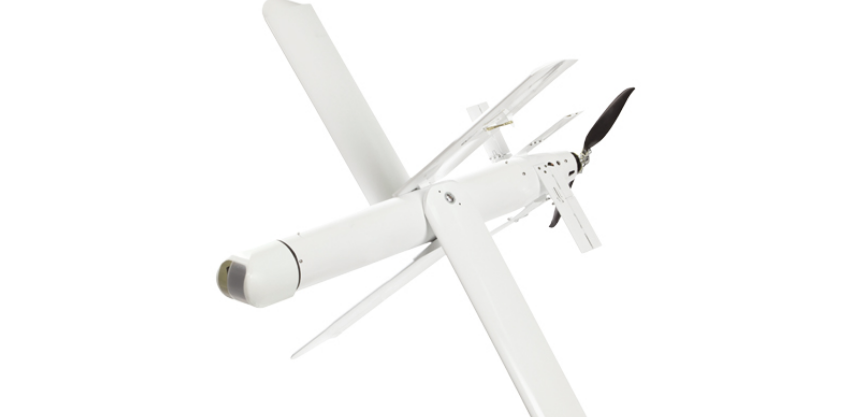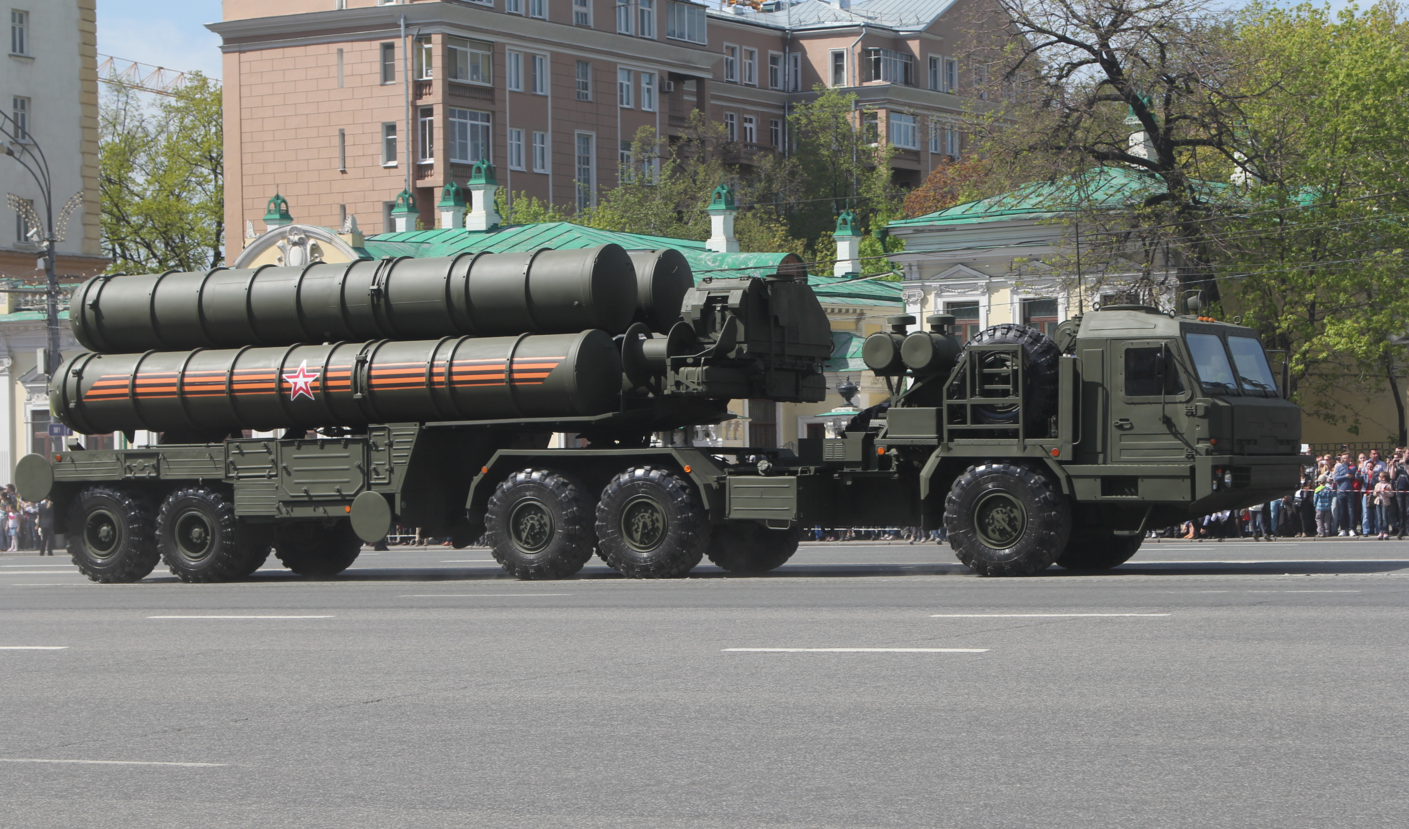2733Views 4Comments

A look at loitering munitions (aka kamikaze drones)
The Jerusalem Post had an interesting article last week about a joint UVision-Raytheon initiative to market UVision’s loitering munition, the Hero-30, to the U.S. military, which is looking for such a platform under its Lethal Miniature Aerial Missile Systems (LMAMS) program.
The Hero-30 is a man-portable unmanned aerial vehicle (UAV); it is designed for very short-haul use – as short as 30 minutes – and it is tipped with a lightweight (0.5kg) warhead. It is launched from a canister via air pressure, and is powered by an electrical engine when in flight. The Hero-30 can also transmit a video-feed, and it can strike like a missile. Not only does the very lightweight warhead help make the Hero-30 easy to carry around, but it enables the Hero-30 to function like a very precise focused-yield munition. In other words, the low explosive yield mitigates the chances of collateral damage. Of course, it would not be right to couch the Hero-30 or its contemporaries as weapons focused on reducing collateral damage.
The focus is on portability and the added ability to have a weapon that could provide a breakthrough against enemies who are well protected by their surroundings. For example, in a built-up urban environment, the Hero-30 could be used to follow enemy combatants as they seek cover, but instead of letting them use that cover, the Hero-30 could engage them. Alternatively, a special forces team could use the Hero-30 to attack armoured vehicles from the top (i.e. the area where these vehicles are generally poorly protected). Thinking back to Quwa’s article about precision-strike, the core idea of the Hero-30 is to ensure that one’s targets are taken out with minimal risk of missing or waste.
The U.S. is basically looking to pull these capabilities into its fold via the LMAMS program. Of course, the U.S. already has a similar system in the form of the AeroVironment Switchblade; unlike the Hero-30, the Switchblade has an endurance period of 10 minutes. But in any case, it is evident that the U.S. is looking to incorporate loitering munitions into its inventory.
Interestingly, a similar kind of weapon has also been developed in China. The CH-901, likely produced by the China Aerospace Science and Technology Corporation (CASC) (IHS Jane’s) is on the heavier side at 9kg, but it can operate for 120 minutes. According to IHS Jane’s, the CH-901’s camera is claimed to have the capacity to track targets at up to 2km.
Although China’s defence industry has had trouble penetrating the market in a number of areas, its drone industry has been able to basically flourish over the past several years. The driver of that growth has been China’s growing line-up of armed UAVs such as the CH-3 and CH-4. Countries that have had trouble buying armed drones from the U.S. have been looking to China; Pakistan, Nigeria, Iraq, Saudi Arabia, the United Arab Emirates and Egypt are among China’s clientele.
If the idea behind the loitering munition holds true in reality, then China is poised to generate considerable control over the non-Western market via the CH-901 as well as potentially other models. In fact, Popular Mechanics made an interesting point into the possibility of China proliferating not just the CH-901, but the technology as well, thus enabling a wide swath of countries to produce and use them. In a matter of time, loitering munitions could become a common sight on the modern battlefield. In turn, this would kick-start another industry to deal with the CH-901 and its contemporaries. The use of hard-kill protection suites and/or radio jamming (i.e. electronic warfare) technology could become very common.
The other thing to keep an eye on, in terms of lightweight loitering munition technology in general, would be how network-centric warfare would or could connect with the Hero-30 or CH-901. Would it be possible for a Hero-30-like system to receive some kind of information from another source, such as another UAV, attack helicopter or fighter aircraft? Imagine the prospect of an operator being able to operate munitions that are not even equipped onto their aircraft, but controllable once fired from the ground.
It is too early to say that lightweight loitering munitions are game-changers, but their introduction to the combat environment could potentially open doors in a number of other areas. Besides the technological potential, the reality that the core technology could make its way from both the West and the East adds an interesting dimension, one that would certainly influence the development of this technology once the Hero-30, Switchblade, CH-901 and others make their way into the hands of their users.



4 Comments
by Mohsin E.
The only counter right now to masses of drones is directed energy weapons that can shoot them down easily at very low cost. But developing those platforms requires a lot of R&D. Developing drones is easy, their counter isn’t.
by Abdul Rashid
In your estimate how long before some countries develop and deploy an effective counter to drones? There have been suggestions on Quwa by some readers that Pakistan needs drones, drones and yet more drones. I’m just wondering if such an investment could suddenly become redundant at stroke in a few years time.
by Mohsin E.
Effective direct energy weapons won’t be deployed by anyone soon, let alone the lower tier powers. Keep in mind that drones can also be strengthened against such countermeasures via skin coating etc. Drones should be acquired en masse, but with that said, any advantage can be nullified unexpectedly, by a new ‘disruptive technology’ that no one saw coming… There are no guarantees that such investments won’t become redundant overnight. All the more reason to stay ahead of the R&D curve…
by Abdul Rashid
Thank you. That has clarified things a little.